-
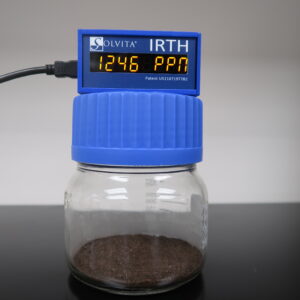
IRTH CO2 Respirometer
-
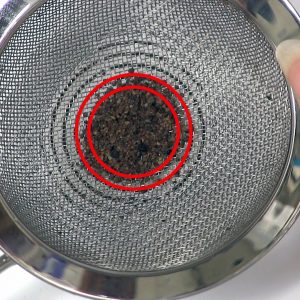
VAST
$895.00
-
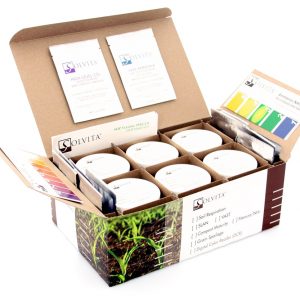
Basic Compost Maturity Test
$209.00
-
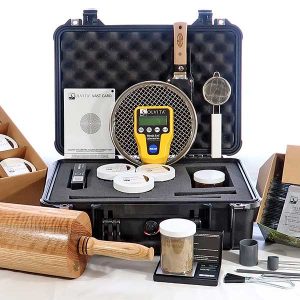
Solvita Soil Health Suite
-
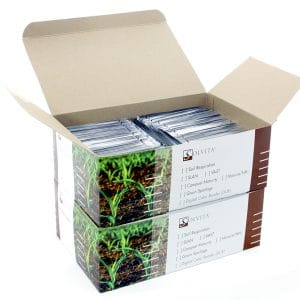
CO2-Burst and SLAN Combo
$1,749.00
-
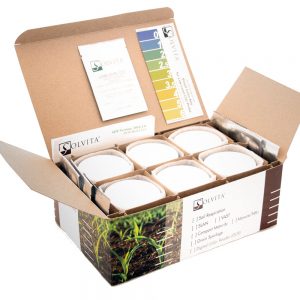
Basic Grain Fungal Spoilage Test
$189.00
-
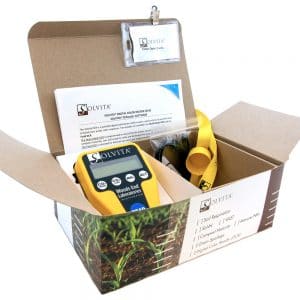
Digital Color Reader – Multi-Mode Unit
$1,929.00
-
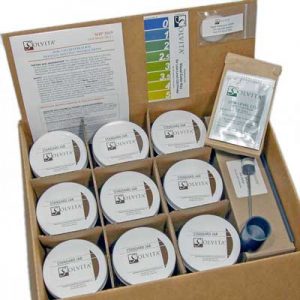
Basic Soil CO2-Burst
$219.00
-

Compost Maturity Test Refill
$609.00 – $1,749.00
-
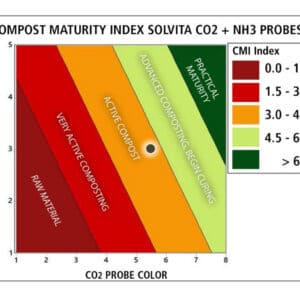
Solvita CMI Calculator – Download
$39.00
-
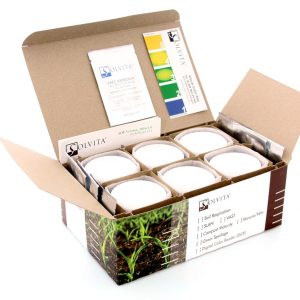
Basic Soil Amino-N (SLAN) Test
$189.00
-
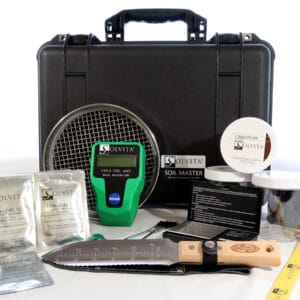
Soil Master Kit
$2,179.00
-
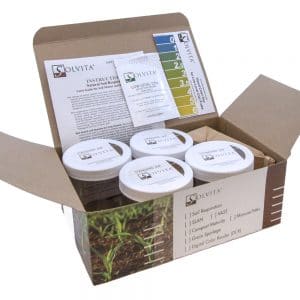
Basic Field CO2 Test
$109.00
-
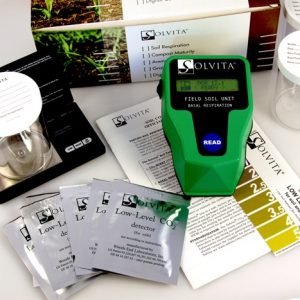
Premium Field CO2 Test
$1,089.00 – $1,209.00
-

Field CO2 Test Refill
$369.00 – $1,089.00
-
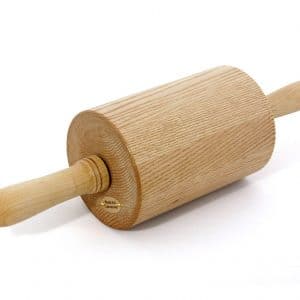
Soil Roller
$359.00
-
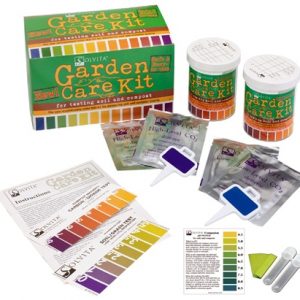
GardenCare Kit
$109.00
-

CO2-Burst Test Refill
$369.00 – $1,089.00
-

Soil Amino-N (SLAN) Test Refill
$369.00 – $1,089.00
-

Grain Fungal Spoilage Test Refill
$1,089.00




















